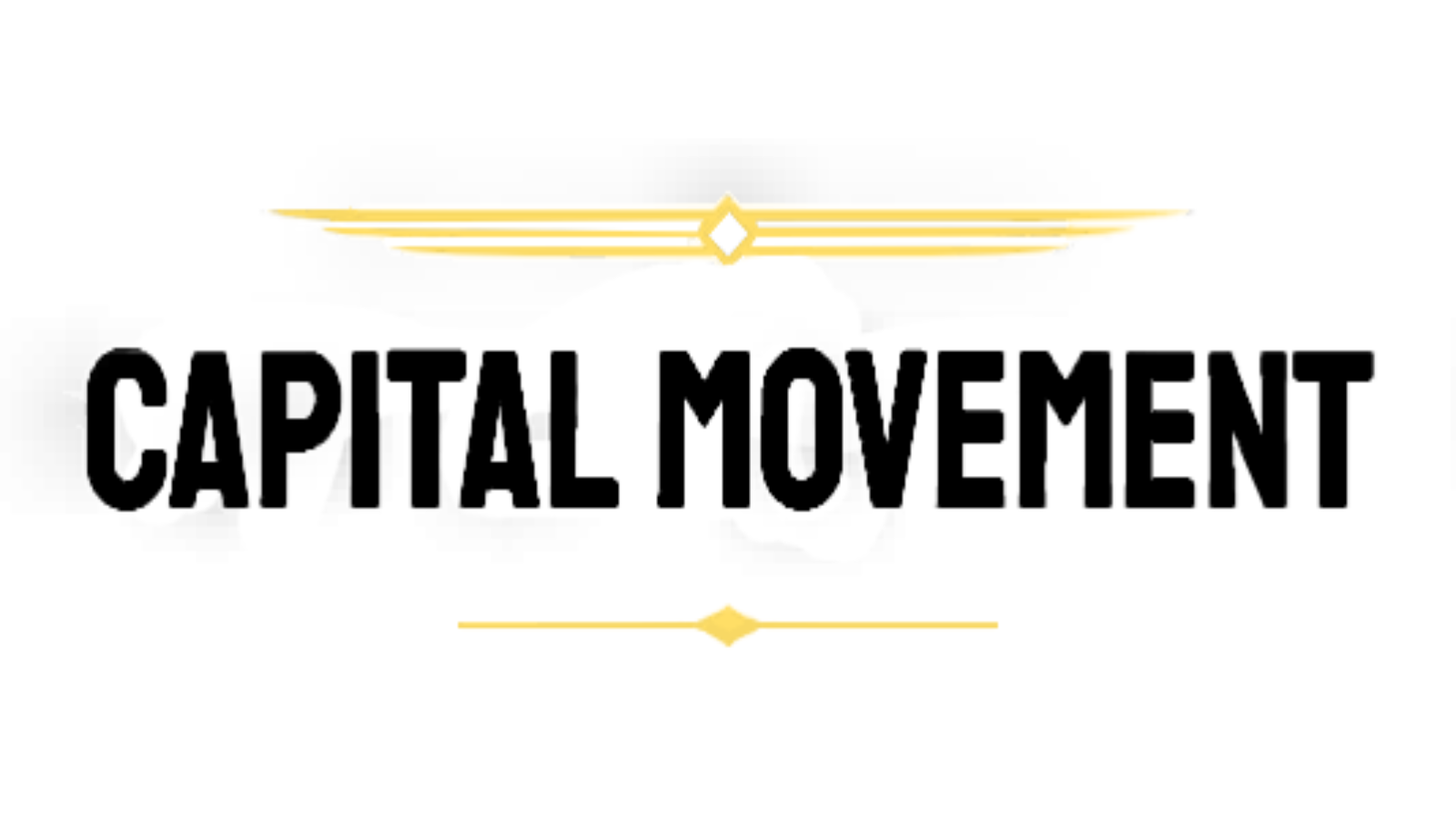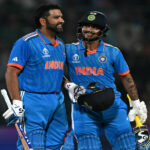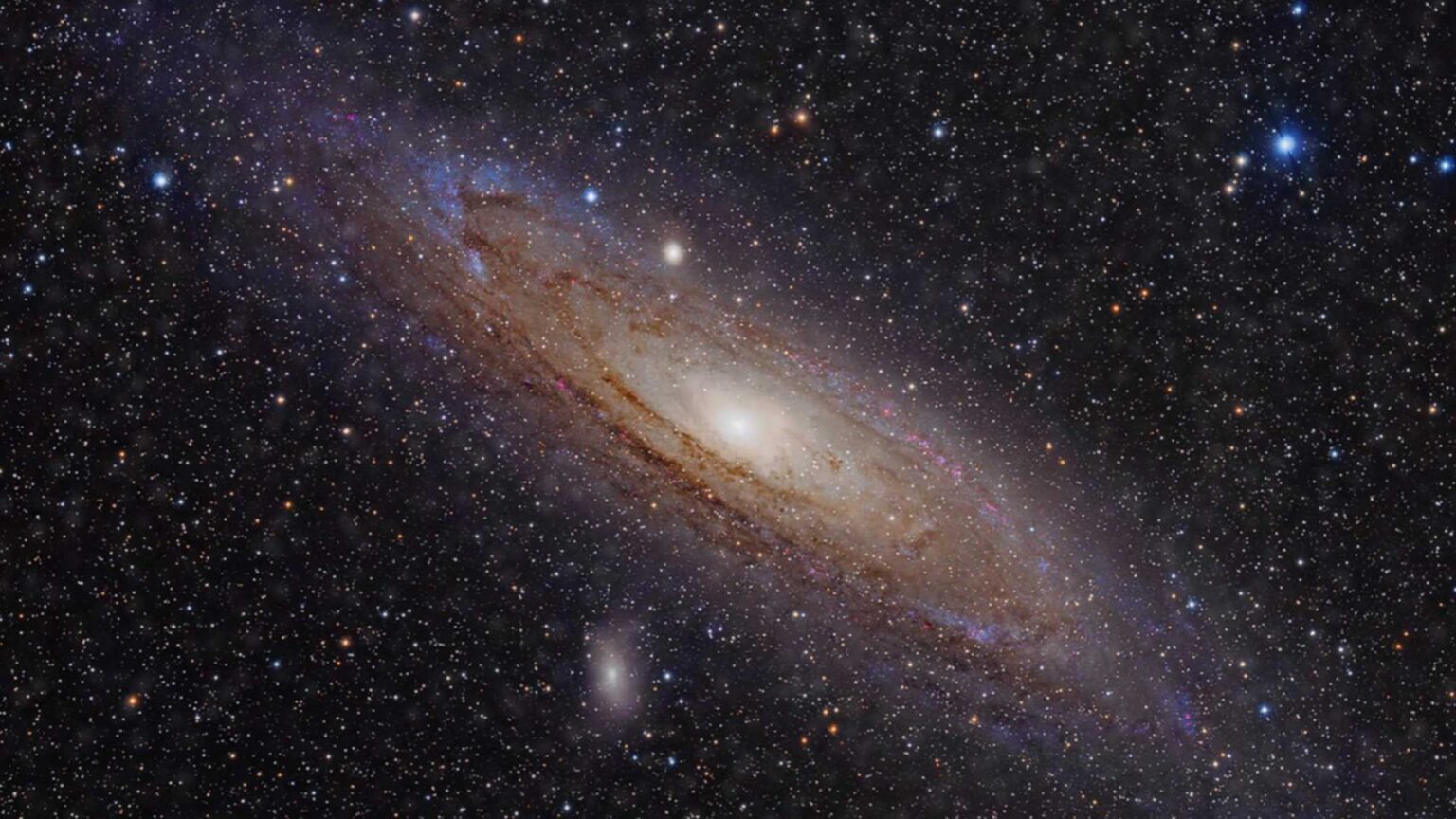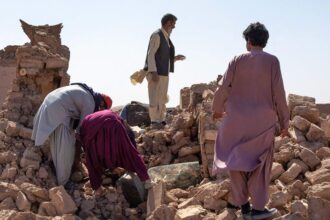The use of sound rather than light in astronomy is removing obstacles to participation and bringing new insights into the universe.
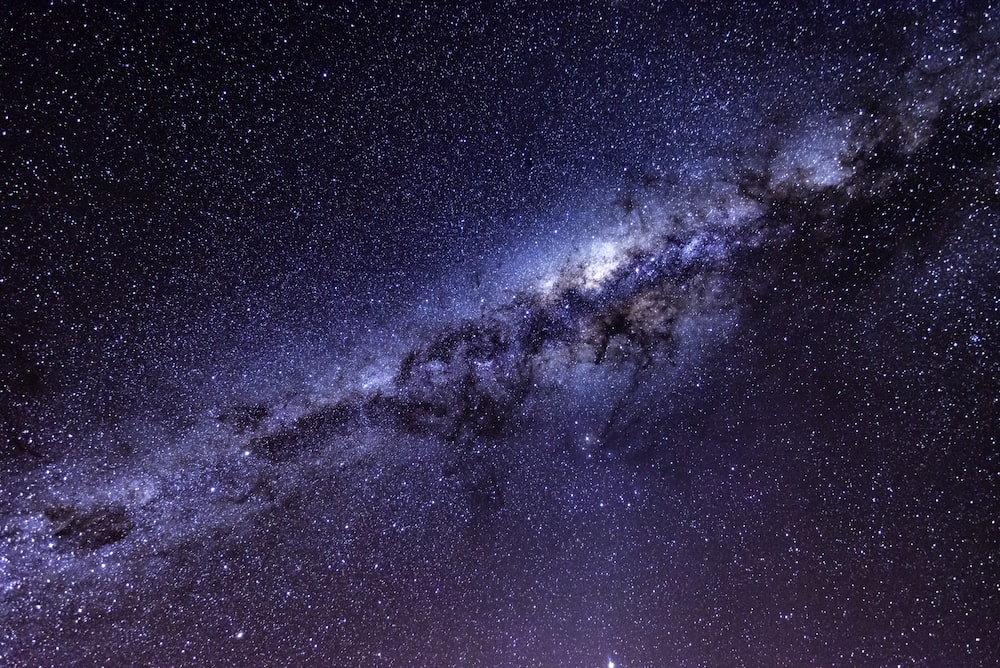
For seeing astronomers, the Universe is rich with visual marvels. From gleaming planets to glittering galaxies, the universe is breathtakingly gorgeous. However, persons who are blind or visually challenged are unable to join in this experience. Consequently, astronomers have developed alternate methods of communicating scientific knowledge, such as utilizing 3D printing to depict exploding stars and sound to illustrate the collision of neutron stars.
The latest in a series of publications on the use of sonification in astronomy will be published in the journal Nature Astronomy on Friday. Sonification is the process of converting data (especially research data) into digital audio files that may be heard as well as read and viewed. The researchers highlighted in Nature Astronomy demonstrate how sound representations might aid scientists in identifying patterns or signals in vast astronomical data sets.
The study illustrates that efforts to increase inclusion and accessibility may have far-reaching consequences. This is true not just in astronomy, but also in other domains where discoveries would not have been discovered otherwise. Researchers and publishers must take notice and encourage multidisciplinary activities that are both creative and inclusive.
- Advertisement -
Astronomers have been making important discoveries for decades by both looking at and listening to data. Karl Jansky, a physicist at Bell Telephone Laboratories in New Jersey, tracked radio static to the center of the Milky Way in the early 1930s. This led to the discovery of the supermassive black hole at the center of the Galaxy and the birth of radio astronomy. Wanda Daz-Merced, a blind astronomer at the European Gravitational Observatory in Cascina, Italy, has used sonification in many groundbreaking projects, such as studying plasma patterns in the upper atmosphere of Earth.
Sonification initiatives increased a decade ago, attracting experts from several fields. Take Cambridge, Massachusetts-based data-visualization specialist, and scientific communicator Kimberly Arcand. Arcand started writing and lecturing on NASA’s Chandra X-Ray Observatory discovery. She then focused on touch, constructing 3D-printed sculptures of the “leftovers” of burst stars to explain their physics. In early 2020, the pandemic prevented her from using a 3D printer, so she switched to sonification.
NASA tweeted about the Perseus galaxy cluster’s black hole sound in August, and the accompanying audio has been played over 17 million times. Arcand and colleagues translated some of the initial James Webb Space Telescope photos into music in the same month. They mapped light intensity and colors in the headline-grabbing photos into audio with the help of blind and visually impaired persons.
These maps are based on precise technical information. For example, in the sonification of an image of gas and dust in a far-off nebula, strong light towards the top of the picture is represented by loud high-frequency sounds, whereas bright light in the center of the image is represented by loud lower-frequency noises. The sonification of a black hole converts information about sound waves traveling across space, which are produced when a black hole collides with the heated gas around it, into audible frequencies.
Other scientists have tried data sonification. Biophysicists teach protein folding using it. Protein characteristics are matched to loudness and pitch to create an audio depiction of the intricate folding process. Brain scans may help neuroscientists diagnose Alzheimer’s disease. Researchers in Alaska assigned musical instruments to different tree species to represent climate change-induced ecological shifts.
Long-term evaluations must assess what such methods can give that others cannot. Despite the technical correctness of particular initiatives, the Nature Astronomy series notes that there are no uniform criteria for sonifying scientific data and little published research on its efficacy.
Funding would help. The multidisciplinary nature of alternative data representation research makes it difficult to get consistent financing. Scientists typically cooperate alongside musicians or sound engineers.
Díaz-Merced and Arcand will address sonification in space sciences at the UN Office for Outer Space Affairs on November 17. This promotes sonification as a research tool and astronomy participation tool. Time to fully support their initiatives.
